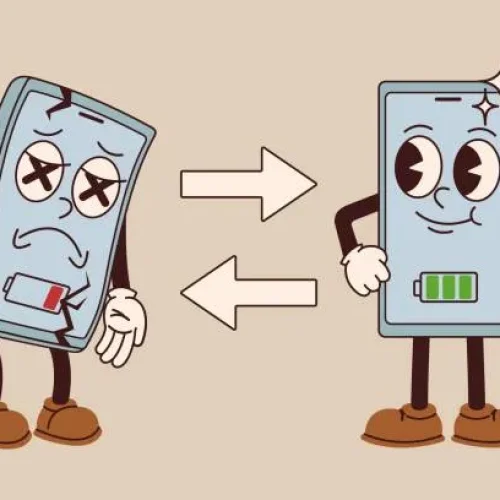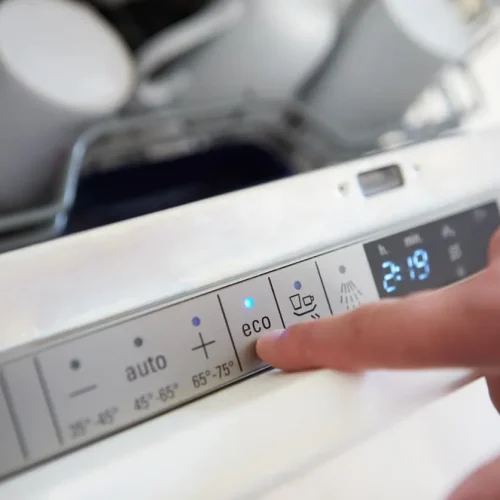
Digital marketing has transformed the way businesses connect with customers, but managing campaigns across multiple channels can be overwhelming. From tracking leads to running ad campaigns to managing email sequences, many small and mid-sized businesses struggle to keep up. That’s where marketing automation tools come in.
For small and mid-sized businesses (SMBs), resources are often limited. Business owners and teams juggle multiple roles, and marketing often takes a backseat to daily operations. The challenge is that modern consumers expect fast responses, personalized communication, and seamless digital experiences. Without automation, delivering on those expectations consistently is nearly impossible.
By automating repetitive tasks and streamlining workflows, marketing automation not only saves time but also drives measurable growth. In this article, we’ll explore why automation is essential, the key tools available, practical examples, and how businesses can prepare for future trends in marketing technology.
Why Marketing Automation Matters
Every marketing strategy involves repetitive processes:
- Sending follow-up emails
- Tracking form submissions
- Posting on social media
- Managing paid ad campaigns
- Segmenting leads into pipelines
Doing these tasks manually is inefficient and prone to error. Marketing automation tools solve this by standardizing processes and freeing up time for higher-level strategy.
According to Salesforce, 67% of marketing leaders already use a marketing automation platform, and that number is growing as businesses see the ROI in efficiency and lead generation. Other studies show that businesses using automation for lead nurturing experience a 451% increase in qualified leads. This demonstrates the power of automation not just for saving time, but for driving tangible revenue outcomes.
For SMBs, automation levels the playing field. Competing against larger brands with bigger budgets is daunting, but automation allows smaller teams to achieve the same level of sophistication in their marketing without the same overhead costs. It’s not just about doing things faster—it’s about doing them smarter.
Core Benefits of Marketing Automation
1. Time Savings
Automated workflows handle repetitive tasks like email nurturing, lead scoring, and campaign scheduling. This frees teams to focus on strategy and customer engagement rather than manual busywork. For example, instead of manually sending a welcome email to every new subscriber, automation can deliver it instantly with a personalized touch. Over the course of a year, this can save hundreds of hours that can be redirected toward growth-focused initiatives.
2. Improved Lead Management
One of the greatest challenges SMBs face is keeping track of prospects. Automation platforms track customer behavior, assign lead scores, and send targeted messages. This ensures prospects don’t fall through the cracks. A business can automatically assign hot leads to sales while nurturing colder leads through educational content. For instance, a roofing company might automatically follow up with leads who downloaded a free roof inspection checklist, gradually moving them toward scheduling an actual inspection.
3. Personalization at Scale
Consumers expect personalized experiences, but creating one-to-one campaigns manually isn’t realistic. Automation tools segment audiences by interests, demographics, and behavior. This allows businesses to deliver personalized campaigns—such as a plumbing company sending seasonal maintenance reminders—without additional manual work. Research shows that personalized emails generate six times higher transaction rates than non-personalized ones, underlining the value of automation-driven personalization.
4. Data-Driven Insights
Automated reporting dashboards provide visibility into campaign performance, ad spend, and ROI. By analyzing which campaigns perform best, businesses can allocate budget more effectively. This eliminates guesswork and helps refine strategies over time. For example, a small e-commerce shop may learn through automation reports that social ads perform better than search ads for certain products, allowing them to double down on what works.
5. Consistency Across Channels
Consistency is one of the most undervalued aspects of marketing. When businesses manually post or send messages, gaps are inevitable. Automation ensures that emails, ads, and social posts go out on schedule, maintaining a professional image and consistent engagement with customers. This builds long-term trust and brand recognition.
Popular Marketing Automation Tools
There are dozens of automation tools available, but here are some leading platforms businesses use to scale their marketing:
- HubSpot – An all-in-one CRM and automation platform offering tools for email, content, social media, and lead tracking. Ideal for SMBs looking for an integrated solution. HubSpot’s strength lies in its ability to combine sales and marketing data, giving businesses a unified view of their customer journey.
- ActiveCampaign – Known for robust email automation and customer journey mapping. Great for businesses focused on email-driven campaigns. It offers advanced segmentation features that allow for very targeted campaigns, such as re-engaging dormant customers.
- Zapier – Connects apps to automate workflows between platforms like Google Ads, Slack, and CRMs. Perfect for businesses using multiple tools that need integration. Zapier acts like digital glue, connecting otherwise siloed systems.
- Mailchimp – Originally an email platform, now offering automation features for small businesses starting out with marketing automation. It’s cost-effective and beginner-friendly.
- Marketo – An enterprise-level solution offering advanced lead management, analytics, and personalization for larger companies. While it may be too robust for small businesses, it demonstrates what’s possible as businesses scale.
Marketing Automation in Action
Consider a local remodeling company that runs Google Ads to generate leads. Without automation, every lead that fills out a form has to be manually added to a spreadsheet, and someone must remember to follow up. Leads that don’t respond right away are often forgotten, and opportunities are lost.
With automation, the workflow looks like this:
- A homeowner fills out a lead form.
- The lead is automatically added to the CRM.
- A welcome email is triggered instantly, thanking them for their interest.
- If the homeowner doesn’t respond, a follow-up email is sent two days later with a special offer.
- The lead is scored based on engagement and flagged for a sales call if it reaches a certain threshold.
Within 30 days of using automation, the company doubled its lead response rate and increased booked appointments by 40%. Over six months, they were able to reduce customer acquisition costs by 25% while improving customer satisfaction scores. This example shows how even small businesses can see major results by automating their workflows.
Future Trends in Marketing Automation
As AI and machine learning advance, marketing automation is becoming even more powerful. Predictive analytics can now forecast which leads are most likely to convert, helping sales teams prioritize their outreach. AI-driven tools can personalize ad creative, optimize subject lines, and even recommend the best times to send emails.
Voice search integration and chatbots are also becoming standard. Customers increasingly expect instant answers, and AI-powered chatbots can respond to inquiries 24/7, reducing wait times and increasing satisfaction. Many platforms now integrate chatbots directly into CRMs, allowing customer conversations to be tracked seamlessly.
Personalization is also evolving. Rather than just inserting a customer’s name into an email, advanced platforms tailor the entire experience—from website content to product recommendations—based on behavior. This kind of personalization increases engagement and strengthens long-term relationships.
Looking further ahead, automation will play a larger role in cross-channel marketing, ensuring that customer interactions are coordinated across email, search, social, and even offline touchpoints. SMBs that adopt these tools early will gain a significant competitive edge.
Conclusion
Marketing automation is no longer a luxury—it’s a necessity for businesses that want to grow efficiently. By reducing manual tasks, improving lead nurturing, and providing real-time data, automation tools allow businesses to focus on strategy and customer relationships.
For SMBs, the path to sustainable growth lies in adopting automation early. Those who embrace it now will not only compete more effectively but also build the foundation for long-term success. Whether through saving time, improving customer experiences, or leveraging AI-driven insights, marketing automation is shaping the future of digital growth for businesses of all sizes.
Author Bio
This article was written by M2 Digital Reach, a digital marketing agency helping businesses grow through web design, SEO, paid advertising, and marketing automation. Learn more at M2DigitalReach.com.












